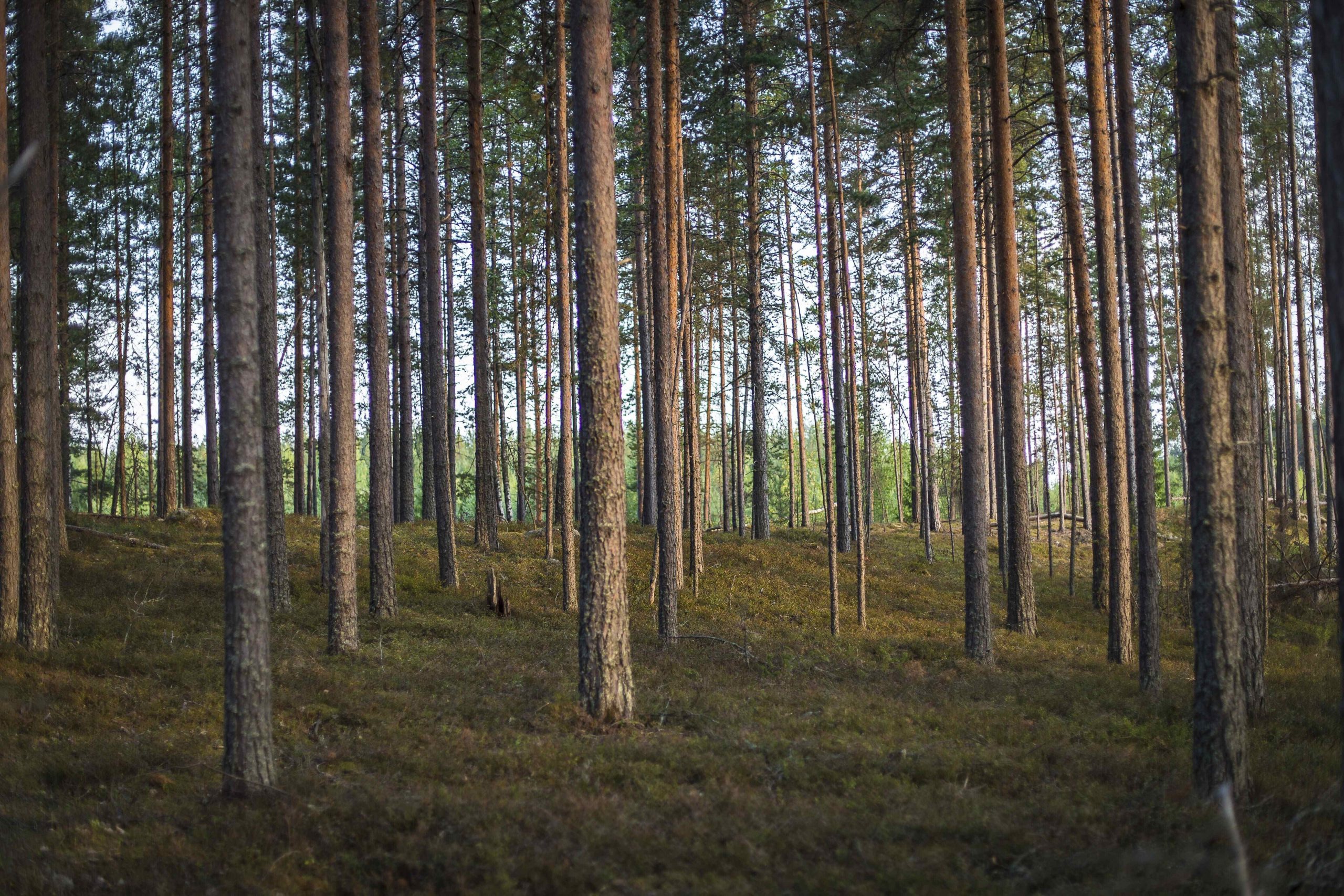
Greece is betting on wind energy
The country is using its islands to do innovative experiments on green economy
On the windswept western tip of one of Greece’s largest islands, an unassuming stone building above the Aegean Sea has become an unlikely outpost in the fight against climate change.
Camouflaged inside is a new power station linked to a 180-mile undersea electricity cable that ties Naxos to a number of wind farms scattered across the islands.
The ultimate goal is to allow the islands first and then the entire peninsula to ditch their oil-burning generators for renewable power from Greece’s abundant wind and sun.
Greece wants to move away from fossil fuels and produce clean energy from its main renewable sources, sun and wind.
A transition to clean energy would seem an impossible task for Greece, a country devastated from a decade-long health and financial crisis.
To reshape its economy, the government, led by Prime Minister Kyriakos Mitsotakis from 2019, is betting everything on Greece 2.0, a national recovery and resilience plan that aims to reach energy independency through an ambitious transition programme with investments on renewables and to upgrade the existing electricity infrastructure.
Greece is getting 30 billion euros (nearly $35 billion) from a European Union recovery fund that will boost all the companies willing to invest such as Blackrock, Quantum Energy Partners and Fortress Investment Group. In fact, Greece has a high energy potential, both for photovoltaic and offshore wind generation.

The power plant built on the west side of the island of Naxos, cleverly disguised. | New York Times
While turbines and solar panels are scattered across the country, Greece’s dependency on oil and lignite coal until 2017 thwarted change. Greek islands used oil-burning power generators that spewed over 2.8 million tons of carbon a year. Investors were spooked by impenetrable bureaucracy and waits of up to 10 years for licenses to build wind or solar farms — something the government has vowed to streamline.
While turbines and solar panels are scattered across the country, Greece’s dependency on oil and lignite coal until 2017 thwarted change.
The underwater cable plugged into Naxos is central to build Greece’s incomplete infrastructure to cycle more solar and wind power through the national grid. Greece aims to produce 60 percent of its power from renewable energy sources by 2030 and be climate neutral by 2050.
The undersea cable will stitch together some of Greece’s islands, including Mykonos and Santorini, linking them to the mainland power grid and more than quadrupling their energy capacity. Another cable will eventually connect the mainland the Peloponnese and Crete, Greece’s largest island and the one with the most promise for solar and wind energy. Since the cable arrived, there have been no blackouts, which have made life hard on the island for years, cutting the lighting at the monuments or forcing restaurants to throw out food and close before time.
A parallel program aims to turn around 20 small islands into zero-emission testing grounds for companies partnering with the Greek government, such as Volkswagen, which is replacing cars and public transportation on the island of Astypalaia with electric vehicles powered by solar energy sources. On Halki, an island of only 300 residents, the French energy giant Vinci is erecting photovoltaic fields to power street lighting, homes and businesses.

Wind turbines on a hill outside Naxos. | New York Times
Despite the possible benefits of a green energy transition, environmental groups say wind turbines disfigure the landscape that draws tourism. To fix this, Greece is planning to install floating turbines and solar power plants directly into the sea. Another problem is the job crisis in the mining industry, considering that the last active mine will be closed by 2025.
According to this report from Bank of Greece, Greece 2.0 will lead to an increase in real GDP by 7% by 2026 and a 20% growth of private investments, by betting on green transition, digitalization, sustainable tourism and agri-food sector.
If the plan works, Greece will finally move on from one of the most dramatic times of its history.

